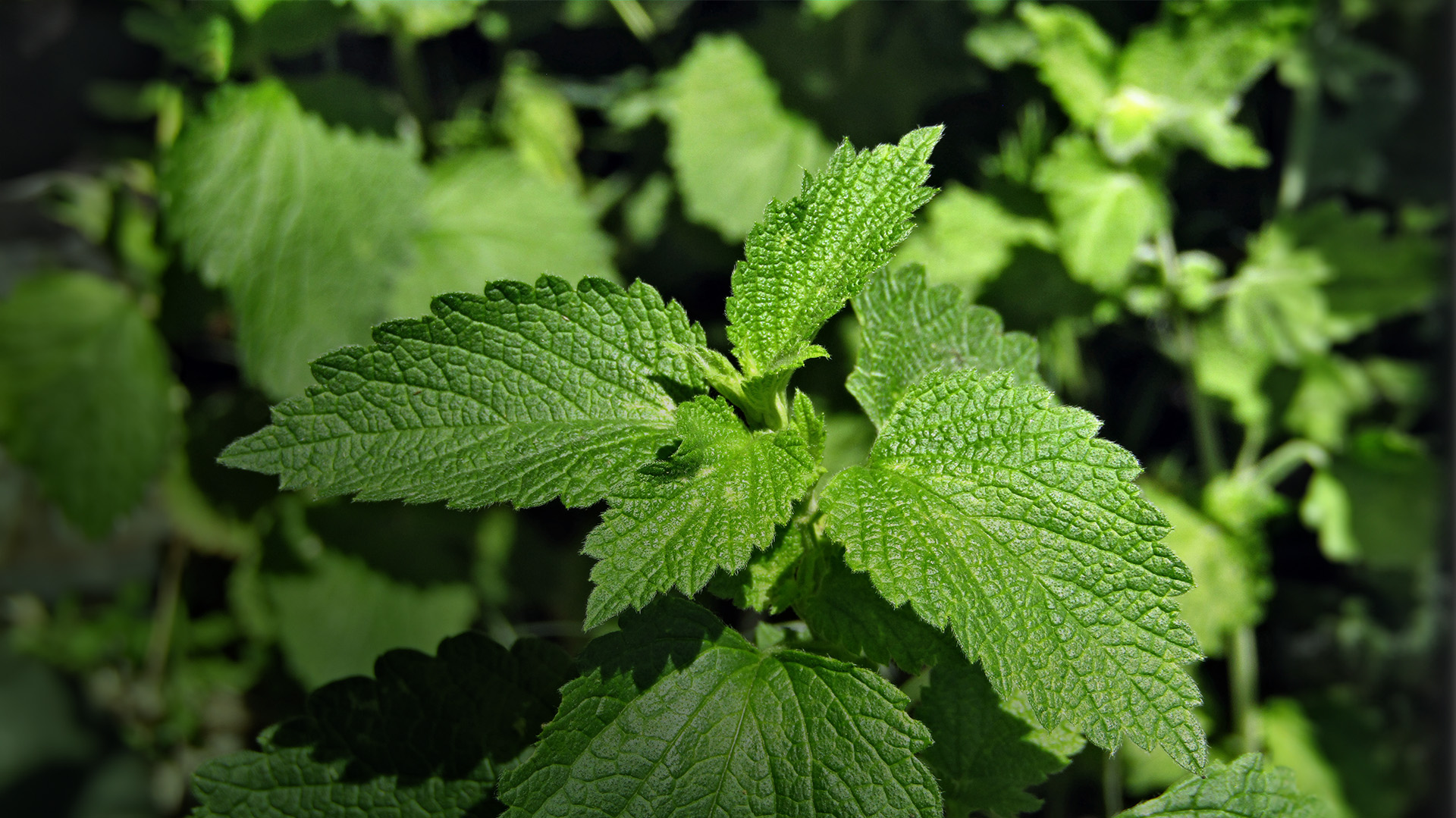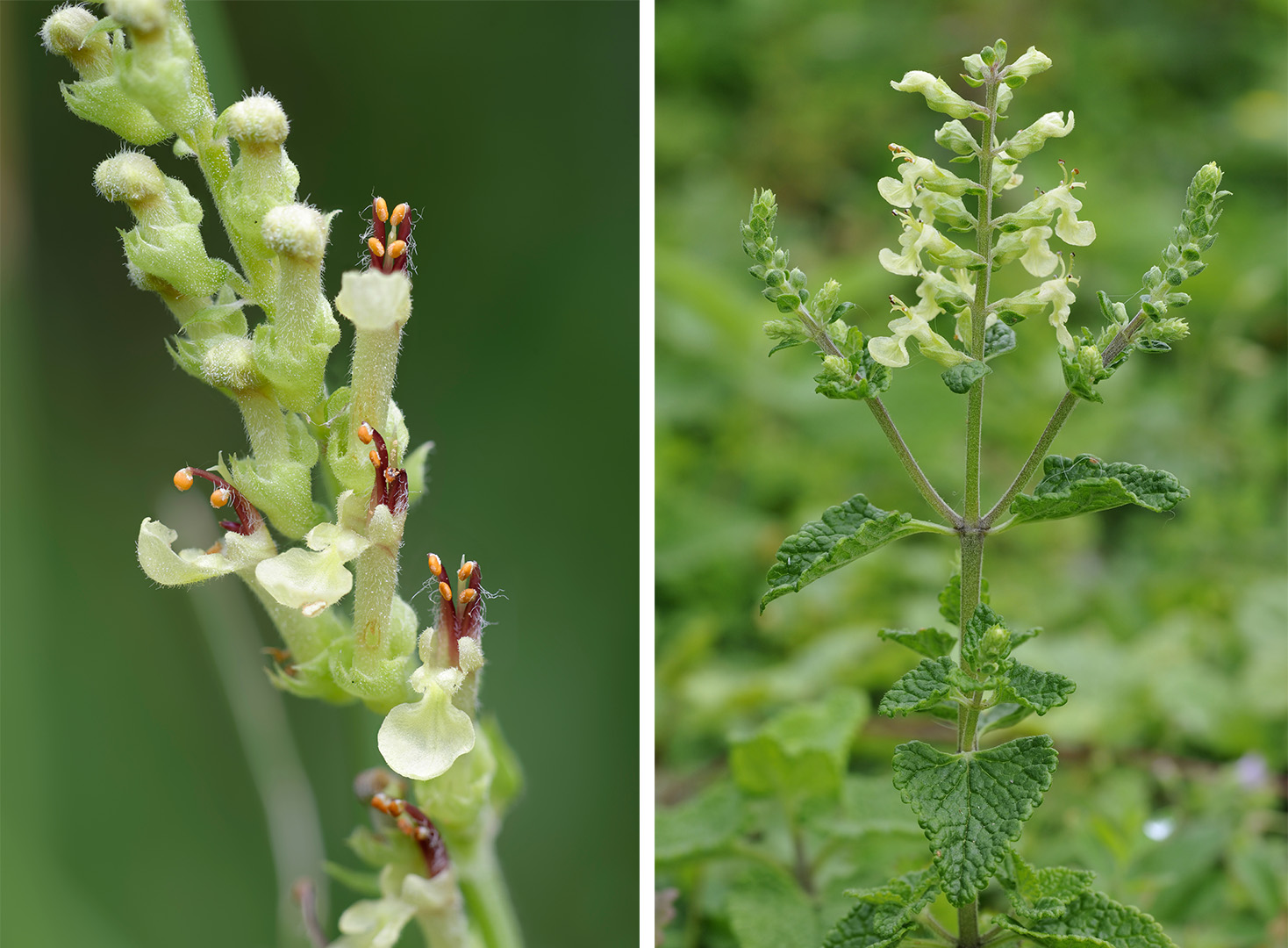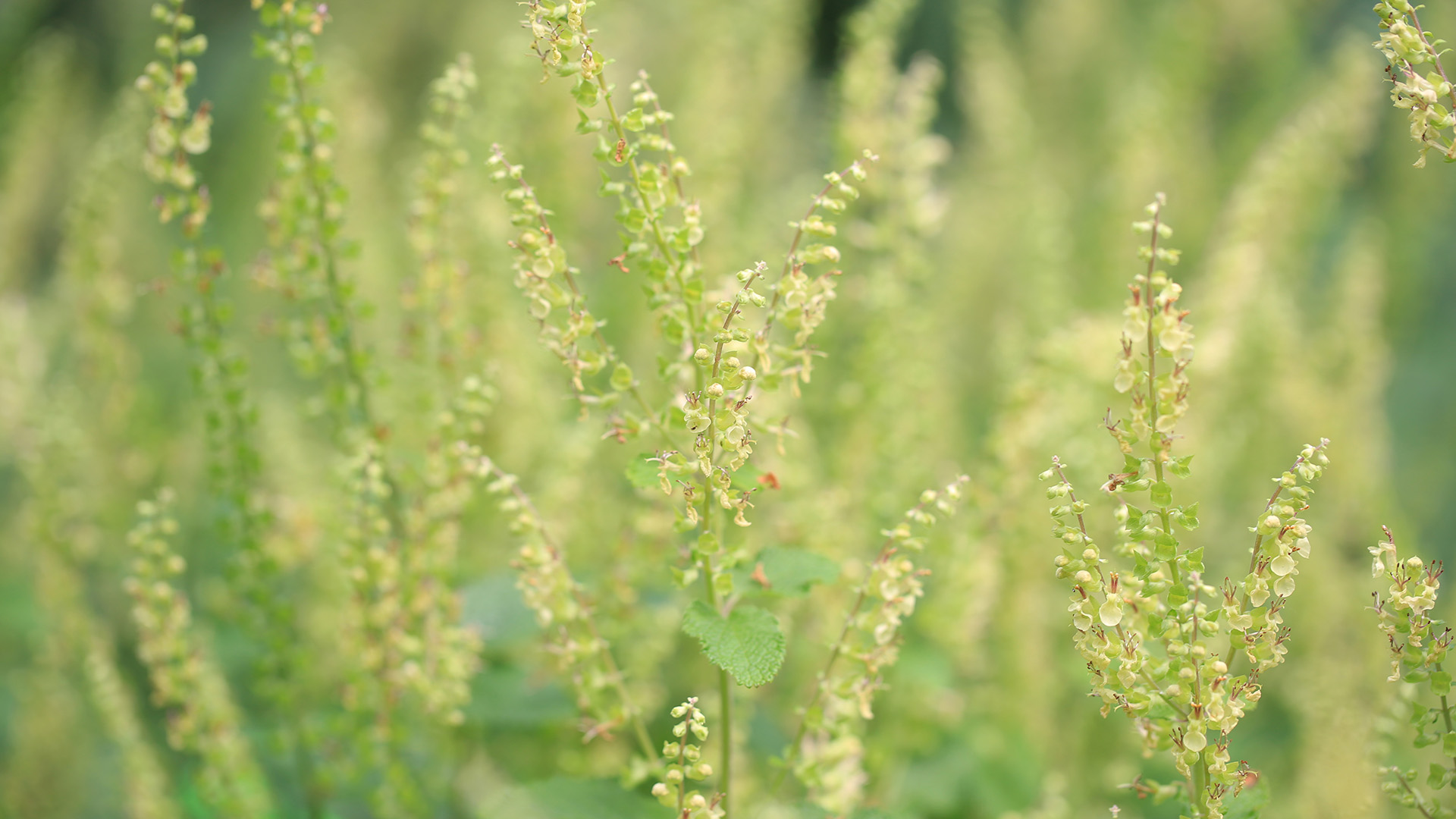Teucrium scorodonia, commonly known as wood sage, is an herbaceous perennial plant native to Western and Central Europe and is common in Portugal. This indigenous species occurs however only in mainland Portugal and is frequent in the regions north of the Tagus and less so in the south. It was introduced in the Azores archipelago and can also be seen in these islands.
This species belongs to the Lamiaceae family and stands out for its capacity to adapt and ecological importance, making it a valuable component of forest ecosystems and natural gardens.
The wood sage is easily recognisable by its slightly aromatic and wrinkled and triangular-oval greyish-green leaves with jagged extremities. The flowers, arranged in cobs in the extremities, are light greenish-yellow and hermaphroditic, blooming between summer and early autumn. The plant can reach up to 60 cm in height, preferring shady and humid places in deciduous forests (such as oak tree forests) and perennial forests (such as cork forests) and shrublands and hedges.
Teucrium scorodonia has been used since the early days in popular medicine given its beneficial properties. The leaves and flowers are rich in tannins and have astringent and antimicrobial properties. This plant is commonly used in infusions to treat digestive problems, fever and inflammations. Moreover, its antimicrobial properties make it very useful in treating minor wounds and skin infections.
It also plays an important role in preserving the local biodiversity. The flowers of this herbaceous plant are rich in nectar and, therefore, attract assorted pollinators, including bees and butterflies, thus assisting the pollination of the plants around them. This trait is particularly important in ecosystems where plant diversity depends heavily on these pollinating insects.





